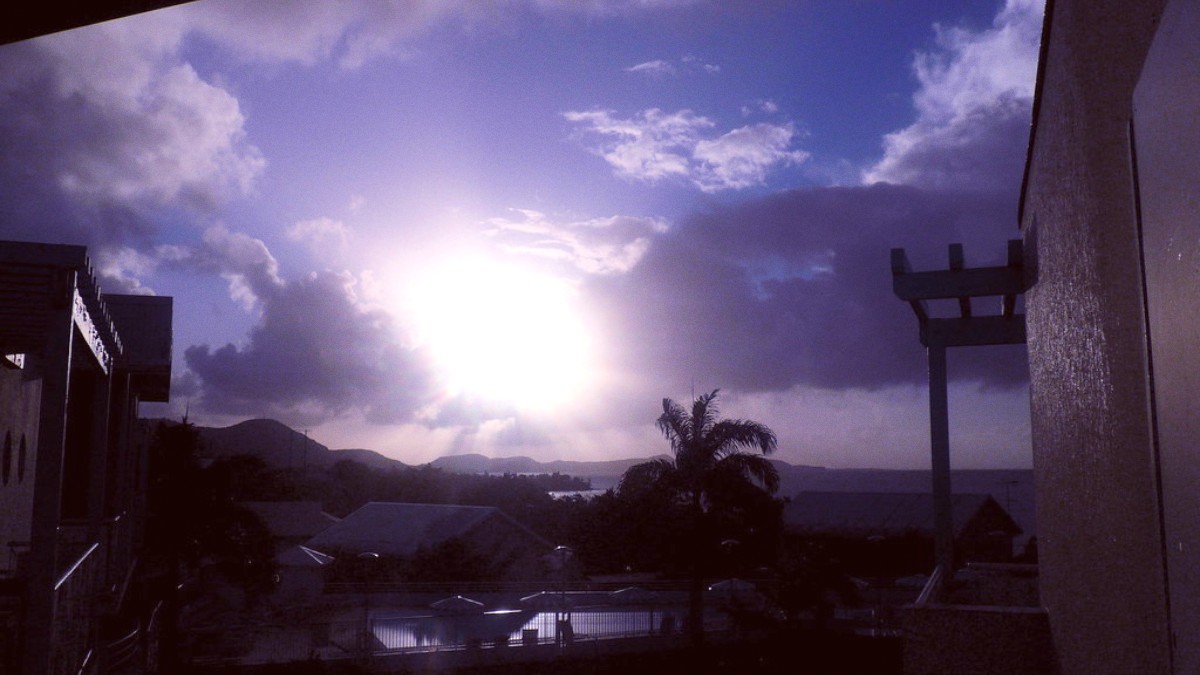
Martinique
TCSP (Transport en Commun en Site Propre): A modern, rapid transit bus system. It operates on dedicated bus lanes, helping avoid traffic congestion. The TCSP connects Fort-de-France with Lamentin and Ducos. It serves Martinique Aimé Césaire International Airport (FDF), presenting an economical transfer option.
Mozaïc Buses: This general public bus network covers a wider range of routes within Fort-de-France and extends to other island parts. Routes originate from terminals like Pointe Simon and Place de la Savane. While less rapid than the TCSP, they give access to many neighborhoods.
Buses operate from early morning (around 5:30 AM) until late evening (around 8:00 PM).
Newer TCSP buses have accessibility features. Older Mozaïc buses may have limited accessibility.
Use online maps or apps for routes. Locals or drivers offer assistance. Prepare for potential delays.
Book in advance, especially for high season. Valid national driver's license required.
Available from specialized shops. Helmets are mandatory.
Limited sharing programs. Some hotels or specialized shops offer rentals.
Drive on the right-hand side. Seatbelts mandatory. Speed limits in km/h.
Roads are generally in good condition, especially major routes. Be prepared for narrow, winding, and steep roads in the island's interior and mountainous regions. Some rural roads may lack proper lighting at night.
Traditional hop-on-hop-off services are not widespread. Most tours involve full-day excursions via minivans or private cars.
A popular ferry connects Fort-de-France to Trois-Îlets. Scenic way to avoid road traffic. Various boat tours and excursions exist.
Fort-de-France does not feature cable cars, funiculars, or other highly unique local transport systems.
While newer infrastructure, like the TCSP buses, incorporates accessibility features like ramps, older buildings, historic sites, and some public areas in Fort-de-France may pose challenges for travelers with mobility needs.
Check bus schedules, especially on weekends and holidays, as frequency varies.
Use apps for real-time tracking.
Have exact change for Mozaïc buses. Many taxis prefer cash payments.
Carry small Euro denominations.
Martinicans are generally helpful. Ask for directions or the best way to get somewhere.
Practice a few French phrases.
Upon arrival at FDF, several options exist for reaching Fort-de-France or your accommodation elsewhere on the island. Each option has its advantages for different travel styles and budgets.
Taxis are readily available outside the terminal for immediate onward travel.
Major international and local car rental agencies have desks in the arrivals hall.
The TCSP bus stop is a short walk from the terminal for budget-friendly transfers.
For a scenic and practical alternative to driving, take the regular ferry service connecting Fort-de-France to the popular tourist areas of Trois-Îlets across the bay.
This journey takes about 20 minutes and is a pleasant experience.